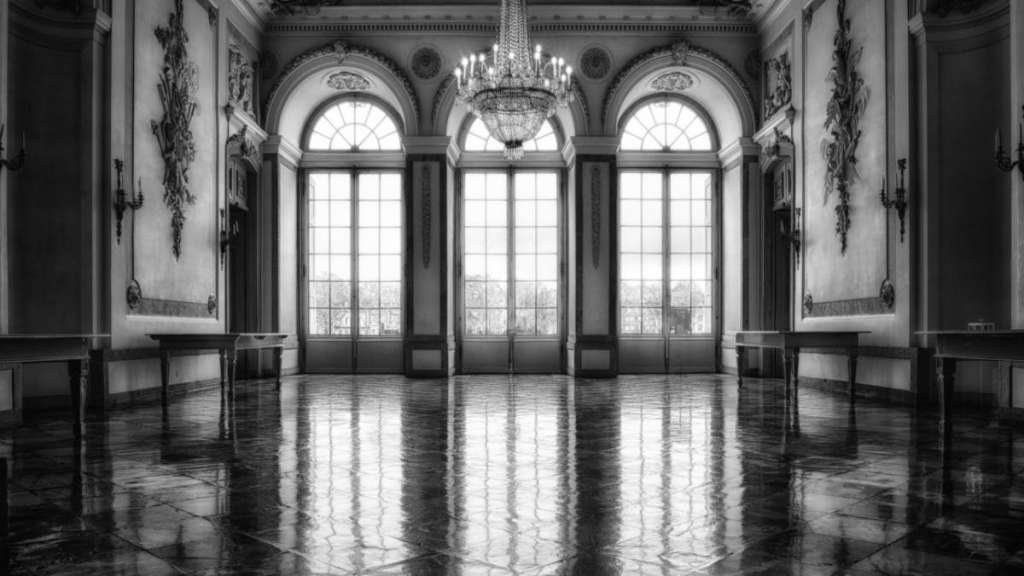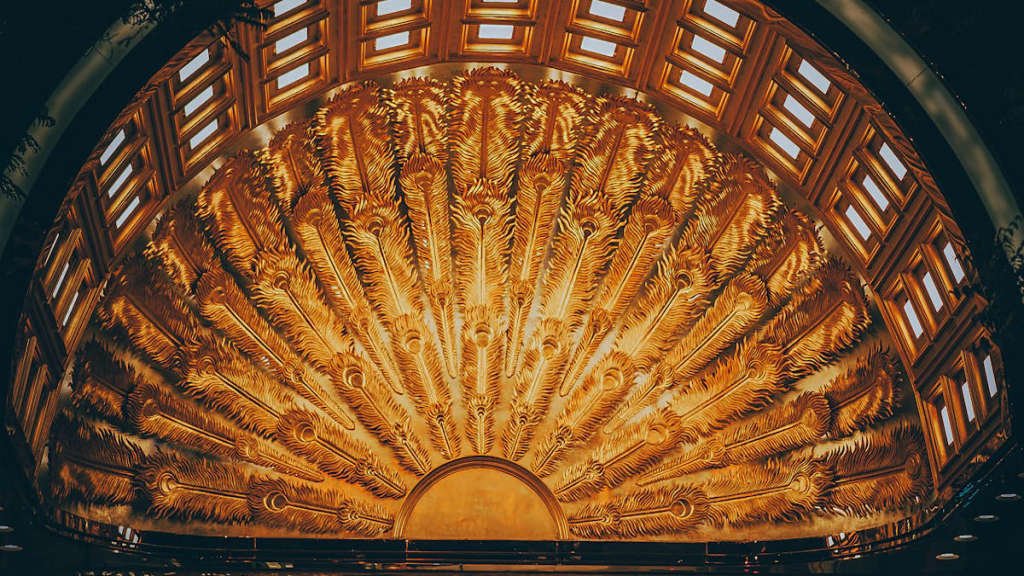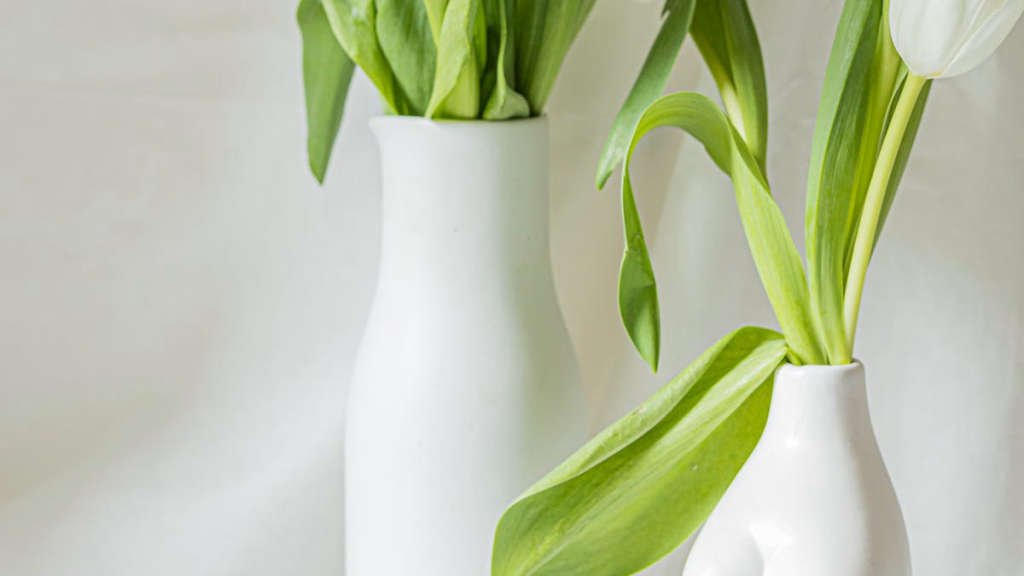
Art Deco style is a design movement that emerged in the early 20th century and remains influential in modern interior design. This elegant and glamorous style is characterized by geometric shapes, bold colors, and luxurious materials, capturing the essence of modernity and sophistication.
Main Points
- Art Deco style is known for its geometric shapes, bold colors, and luxurious materials.

Origins of Art Deco Design Movement
The Art Deco design movement, characterized by its bold geometric shapes and luxurious materials, emerged in the early 20th century. This design style, which influenced architecture, fashion, and decorative arts, has its origins in several key factors.
Social and Cultural Influences
Urbanization: The rapid urbanization of major cities around the world during the early 20th century led to a demand for modern, innovative design solutions. Art Deco architecture and design embraced this aesthetic of progress and modernity.
Exoticism: The fascination with exotic cultures and ancient civilizations, such as Egypt and the Aztec Empire, also influenced the Art Deco movement. Elements of these cultures often found their way into Art Deco design, adding a sense of luxury and mystery.
Technological Advancements
Industrialization: The advancements in industrial technology allowed for the mass production of materials such as steel, glass, and chrome. These materials were integral to the sleek, streamlined look of Art Deco buildings and objects.
Aviation and Travel: The glamour of air travel and the design of luxury ocean liners influenced the aesthetics of Art Deco. The sleek lines and aerodynamic shapes of airplanes and ships inspired the design of buildings and interiors.
Artistic Movements
Cubism: The geometric shapes and abstract forms of Cubism, pioneered by artists such as Pablo Picasso and Georges Braque, heavily influenced Art Deco design. The emphasis on clean lines and bold forms can be seen in Art Deco architecture and decorative arts.
- Futurism: The Futurist movement, which glorified speed, technology, and modernity, also played a role in shaping the Art Deco style. Artists and designers embraced the idea of progress and innovation, reflected in the dynamic, forward-looking designs of the era.
- Bauhaus: The principles of the Bauhaus school, which emphasized the unity of art, craft, and technology, resonated with the Art Deco movement. Bauhaus design principles, such as form follows function and simplicity of form, can be seen in Art Deco architecture and design.
In conclusion, the Art Deco design movement was a fusion of social, cultural, technological, and artistic influences that shaped a distinctive aesthetic characterized by luxury, modernity, and elegance.

Characteristics of Art Deco Style in Interior Design
Art Deco style in interior design is characterized by a bold and glamorous aesthetic that emerged in the 1920s and 1930s. This design movement is known for its geometric shapes, luxurious materials, and vibrant colors. Let’s explore some key characteristics of Art Deco style:
Geometric Shapes
One of the defining features of Art Deco style is the use of geometric shapes such as triangles, circles, and rectangles. These shapes are often used in furniture design, lighting fixtures, and architectural details to create a sense of symmetry and elegance.
Luxurious Materials
Art Deco interiors are often adorned with luxurious materials such as marble, brass, and chrome. These materials add a sense of opulence and sophistication to the space, creating a lavish and glamorous atmosphere.
Vibrant Colors
Art Deco style is known for its use of vibrant colors such as bold reds, rich blues, and shimmering golds. These colors are used to create a sense of drama and create a striking visual impact in the space.
| Characteristics | Description |
|---|---|
| Geometric Shapes | Use of triangles, circles, and rectangles to create symmetry and elegance. |
| Luxurious Materials | Adorned with marble, brass, and chrome for an opulent feel. |
| Vibrant Colors | Bold reds, rich blues, and shimmering golds for a dramatic effect. |
Overall, Art Deco style in interior design is all about creating a glamorous, luxurious, and elegant space that exudes sophistication and style. By incorporating geometric shapes, luxurious materials, and vibrant colors, you can achieve a truly stunning Art Deco-inspired interior.

Incorporating Geometric Patterns in Art Deco Interiors
Art Deco design is characterized by its bold geometric patterns, luxurious materials, and symmetrical shapes. One of the key elements of Art Deco interiors is the use of geometric patterns to create a sense of harmony and balance in a space. Incorporating geometric patterns in Art Deco interiors can add a touch of sophistication and elegance to any room.
Why Geometric Patterns?
Geometric patterns are an essential part of Art Deco design because they reflect the movement’s fascination with modern technology and the machine age. The clean lines and repetitive shapes of geometric patterns create a sense of order and precision that is characteristic of Art Deco interiors. By incorporating geometric patterns into your decor, you can bring a sense of history and tradition to your space.
When choosing geometric patterns for your Art Deco interior, consider using bold colors such as black, white, gold, and silver to create a striking contrast. Opt for furniture and accessories with geometric shapes such as circles, squares, triangles, and diamonds to enhance the overall design aesthetic.
How to Incorporate Geometric Patterns
To incorporate geometric patterns into your Art Deco interior, consider adding wallpaper with geometric designs, using geometric patterned rugs, or selecting furniture with geometric detailing. You can also add geometric patterned throw pillows, curtains, or artwork to create a cohesive look.
Remember to balance the use of geometric patterns with solid colors and textures to avoid overwhelming the space. Mixing different geometric patterns can create an eclectic and visually interesting design, so don’t be afraid to experiment with different combinations.
In conclusion, incorporating geometric patterns in Art Deco interiors is a great way to add a touch of elegance and sophistication to your space. By carefully selecting and combining geometric patterns with other design elements, you can create a harmonious and stylish interior that pays homage to the glamorous era of Art Deco design.

The Influence of Art Deco on Modern Architecture
Art Deco, a style that originated in the 1920s and 1930s, has had a significant influence on modern architecture. This design aesthetic, characterized by geometric shapes, bold colors, and lavish ornamentation, continues to inspire architects and designers around the world.
Key Elements of Art Deco
Art Deco architecture is known for its use of bold geometric shapes, luxurious materials, and ornate details. Buildings designed in this style often feature sleek lines, stepped forms, and intricate patterns.
The Legacy of Art Deco
Many modern buildings borrow elements from Art Deco design. For example, skyscrapers with sleek, angular facades and intricate metalwork pay homage to the style’s emphasis on geometric shapes and decorative details. Additionally, contemporary interiors often incorporate Art Deco-inspired furniture and lighting fixtures.
Examples of Art Deco in Modern Architecture
Some iconic structures that showcase the influence of Art Deco include the Chrysler Building in New York City, the Hoover Building in London, and the Avalon Casino on Catalina Island. These buildings exemplify the style’s grandeur and elegance, making them popular landmarks for architecture enthusiasts.
Conclusion
The legacy of Art Deco lives on in modern architecture, inspiring architects to create innovative and visually striking buildings. By incorporating elements of this iconic style, designers continue to pay homage to the artistic and cultural influence of the Art Deco movement.
Color Schemes in Art Deco Interior Design
Art Deco is a style that emerged in the 1920s and 1930s, characterized by its bold geometric shapes, luxurious materials, and vibrant colors. One of the key elements of Art Deco interior design is the use of color schemes to create a sense of drama and sophistication.
In Art Deco interiors, bold and vibrant colors such as ruby red, sapphire blue, emerald green, and gold are commonly used to add a touch of glamour. These colors are often paired with neutral shades like black, white, and grey to create a striking contrast.
Key Color Schemes in Art Deco Interior Design:
1. Black and Gold: The combination of black and gold is a classic Art Deco color scheme that exudes luxury and elegance. Black adds a sense of drama, while gold brings a touch of opulence to the space.
2. Blue and Silver: Blue and silver are another popular color combination in Art Deco interiors. Blue represents serenity and sophistication, while silver adds a modern touch to the design.
3. Red and White: Red and white is a bold and striking color scheme that is often used in Art Deco interior design to create a sense of energy and excitement. Red is associated with passion and vitality, while white provides a clean and balanced backdrop.
Overall, color schemes play a crucial role in Art Deco interior design, helping to create a sense of opulence, sophistication, and drama in the space.
Exploring Luxurious Materials in Art Deco Decor
Art Deco, a design style that originated in the 1920s and 1930s, is known for its bold geometric shapes, vibrant colors, and luxurious materials. One of the key elements of Art Deco decor is the use of high-end materials that exude sophistication and glamour.
From rich woods like mahogany and ebony to exotic materials like shagreen and lacquer, Art Deco designers spared no expense when it came to decorating interiors. These opulent materials were often combined with metals such as brass and chrome to create a sleek and modern look.
Materials Used in Art Deco Decor:
| Material | Description |
|---|---|
| Shagreen | A luxurious material made from the skin of stingrays, prized for its texture and durability. |
| Lacquer | A glossy finish created by layers of resin, giving furniture a high shine. |
| Brass | A metal alloy that adds a warm, golden tone to decor pieces. |
“The use of luxurious materials in Art Deco decor epitomizes the glamor and sophistication of the era.”
Whether it’s the indulgent feel of shagreen or the lustrous shine of lacquer, Art Deco decor is all about indulging in the finer things in life. By incorporating these opulent materials into your own home, you can capture the elegance and glamour of the Art Deco style.
Integrating Art Deco Elements with Contemporary Trends
Art Deco, a design style that originated in the 1920s and 1930s, is known for its bold geometric shapes, vibrant colors, and luxurious materials. While it may seem like a style of the past, Art Deco elements can be seamlessly integrated into contemporary design trends to create a unique and stylish aesthetic. Here are some ways to incorporate Art Deco elements into modern interiors:
1. Geometric Patterns
One of the key features of Art Deco design is its use of geometric patterns. Incorporating geometric shapes, such as chevron, geometric lines, and sunburst motifs, into contemporary interiors can add a touch of Art Deco flair. These patterns can be introduced through rugs, wallpaper, or furniture pieces to create a bold and eye-catching look.
2. Luxurious Materials
Art Deco is synonymous with luxury, so incorporating rich and glamorous materials is essential when integrating Art Deco elements into contemporary design. Think of using materials such as brass, marble, velvet, and lacquer to add a touch of sophistication to your space. These materials can be used in furniture, lighting fixtures, or decorative accessories to elevate the overall look.
3. Vibrant Colors
Art Deco is characterized by its use of vibrant and contrasting colors, such as bold blues, rich greens, and striking reds. When incorporating Art Deco elements into contemporary design, consider adding pops of these colors through accents like pillows, artwork, or decorative objects. Mixing these vibrant hues with neutral tones will create a harmonious balance and a modern twist on the classic Art Deco style.
By combining Art Deco elements with contemporary design trends, you can create a space that is both timeless and stylish. Whether you choose to incorporate geometric patterns, luxurious materials, or vibrant colors, the key is to balance these elements effectively to achieve a cohesive and visually striking aesthetic.
Conclusion
In conclusion, ‘undefined’ is a versatile term that can encompass a wide range of concepts and ideas. When it comes to design, the Art Deco style is an excellent example of how the undefined can be transformed into something beautiful and unique. By embracing the fluidity and creativity of the undefined, we allow ourselves to explore new possibilities and break free from traditional constraints. The Art Deco style, with its bold geometric shapes and luxurious materials, is a testament to the power of embracing the undefined and creating something truly remarkable.
Frequently Asked Questions
What are the key characteristics of Art Deco style?
Some key characteristics of Art Deco style include geometric shapes, bold colors, and luxurious materials.
When did the Art Deco movement flourish?
The Art Deco movement flourished in the 1920s and 1930s, particularly in the aftermath of World War I.
What inspired the Art Deco style?
Art Deco style was inspired by various art movements, including Cubism, Constructivism, and the machine age.
Where can Art Deco architecture be found?
Art Deco architecture can be found in major cities around the world, with prominent examples in New York City, Miami, and Mumbai.
Is Art Deco still popular today?
Yes, Art Deco continues to be a popular design style, valued for its elegance and timeless appeal.
